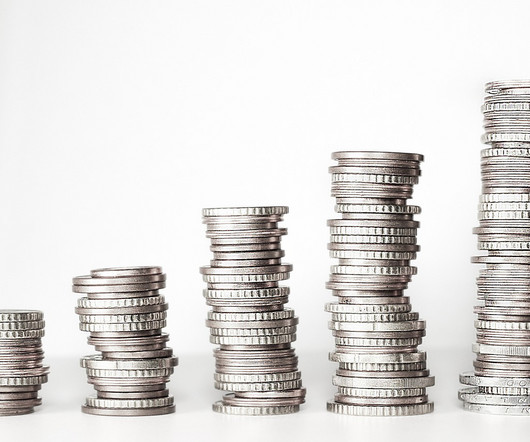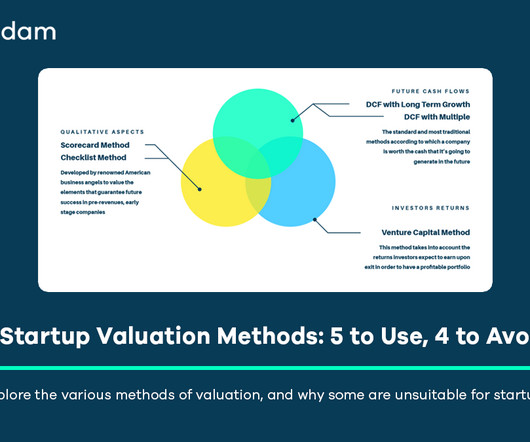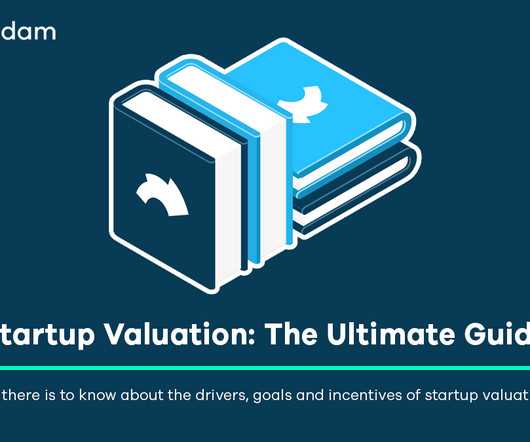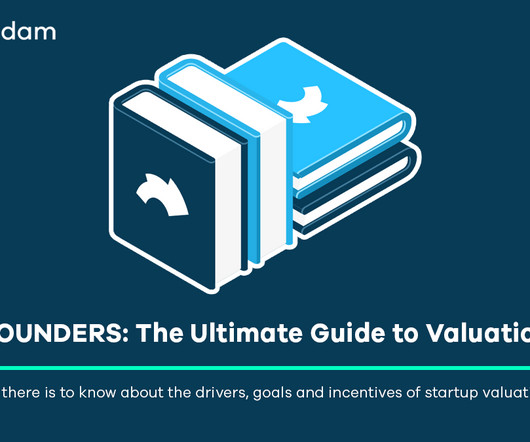Terminal Growth Rate – A Simple Explanation with Formula
Valutico
AUGUST 30, 2023
It’s used in financial modeling and valuation to estimate the company’s long-term value. In particular, the Terminal Growth Rate is used in a DCF analysis to help calculate the Terminal Value. Different industries have varying Terminal Growth Rates based on growth potential and market maturity.











Let's personalize your content